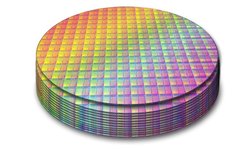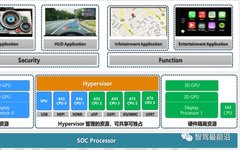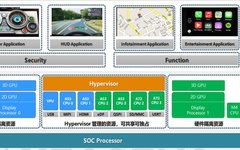From System on Chip (SoC) to Cubic Integrated Circuit (CIC)
Source: SiP and Advanced Packaging Technology Original Author: Suny Li The design concepts of chips have evolved from SoC to SoIC and then to CIC. This article introduces the differences among these three. SoC (System on Chip), SoIC (System on Integrated Chip), and CIC (Cubic Integrated Circuit) – what are their similarities and differences? Today, … Read more









